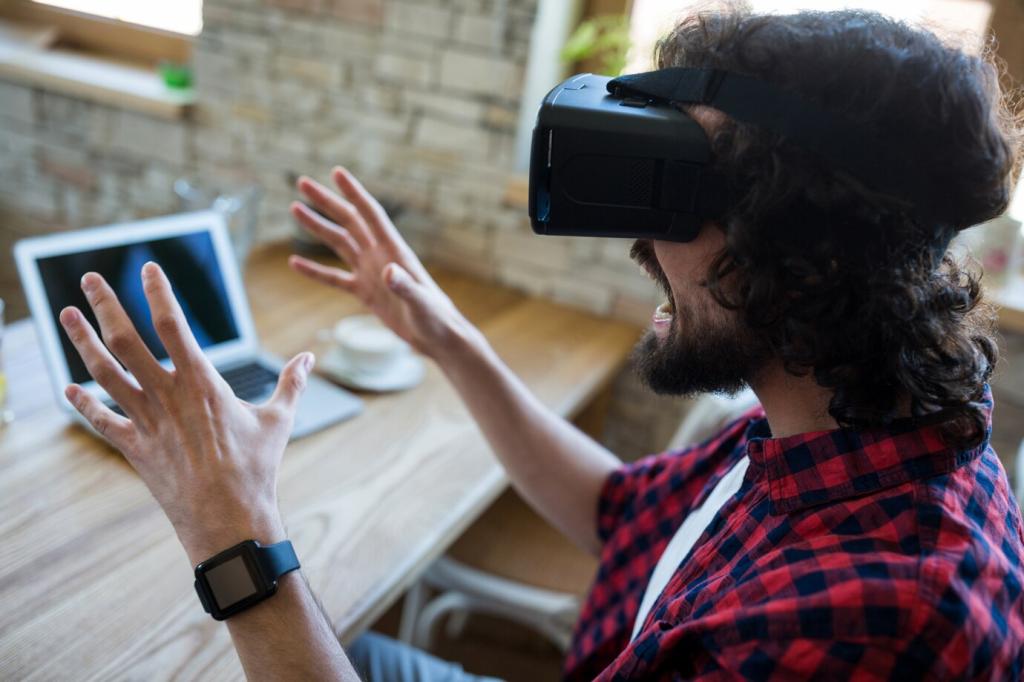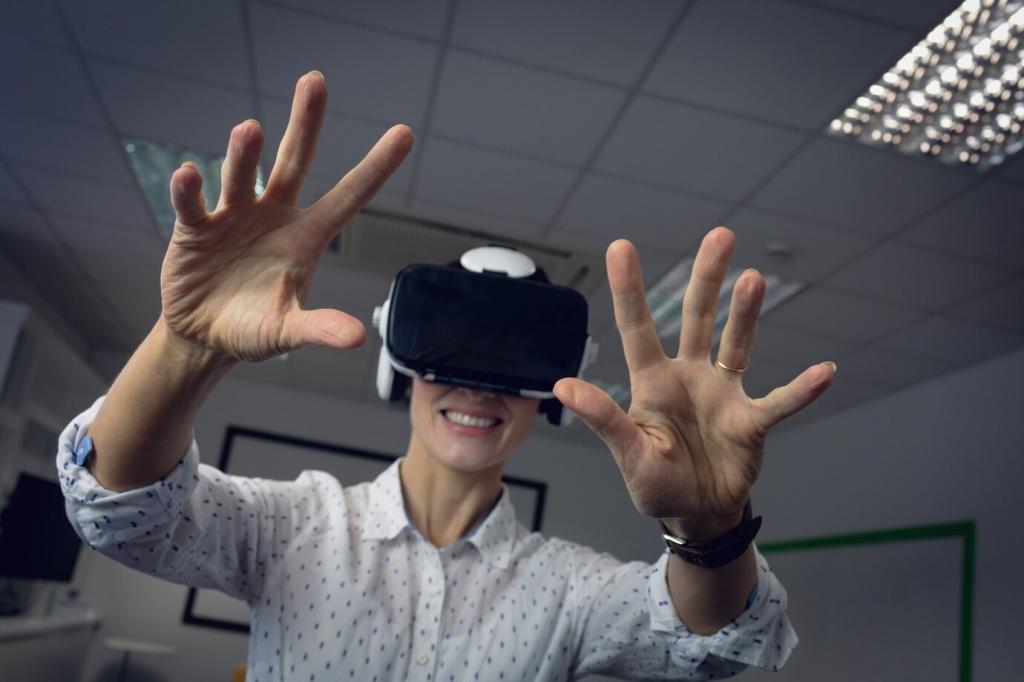Integrating Virtual Reality (VR) into educational settings offers the promise of immersive learning experiences, but numerous challenges can stand in the way of its widespread adoption. From technological limitations to concerns about cost and accessibility, educators and institutions must navigate a complex landscape to ensure effective implementation. Understanding these hurdles is essential for harnessing the true potential of VR in transforming education. In this discussion, we examine the primary challenges faced when bringing VR to classrooms and learning environments, highlighting the importance of strategic planning, resource allocation, and ongoing support.
Hardware Limitations
One of the main challenges in implementing VR in education is the accessibility and adequacy of necessary hardware. VR headsets, powerful computers, and supportive peripherals often come with high price tags, making them unaffordable for many schools. Furthermore, the maintenance and upgrading of these devices require ongoing investments and technical expertise. In rural or economically disadvantaged areas, outdated equipment or the complete lack of VR-compatible systems can hinder the adoption of immersive learning technologies. Without a foundation of reliable, modern devices, educators are unable to provide consistent VR learning experiences, perpetuating the digital divide between well-funded and under-resourced institutions.
Software Availability and Compatibility
Another major hurdle is the availability and compatibility of VR educational software. While some educational content exists, there is a noticeable discrepancy between curriculum requirements and the scope of VR applications available, particularly for less common subjects or specialized courses. Moreover, not all VR systems support the same software, leading to interoperability issues. Educational institutions often struggle to find programs that align with their instructional goals or that can be easily integrated with existing learning management systems. This incompatibility can result in fragmented learning experiences, increased teacher workload, and difficulties in creating smooth instructional workflows.
Training and Support for Educators

The introduction of VR technology in the classroom requires educators to acquire new skills and adapt existing teaching practices. Many teachers may lack experience with immersive technologies and feel unprepared to guide students through VR-based lessons. Comprehensive professional development programs are vital but often nonexistent or insufficient in scope. Without ample training, educators may feel overwhelmed, resulting in low adoption rates or superficial use of VR. Meaningful professional development should be ongoing, hands-on, and directly relevant to instructional content to help teachers build both technical confidence and pedagogical expertise.

Previous slide
Next slide
